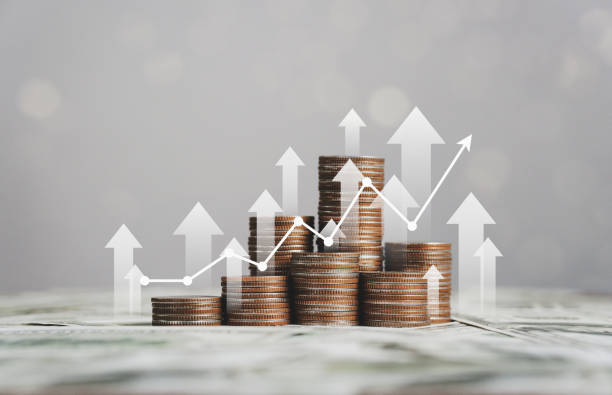The Hidden Risks of Dividend Aristocrat Investing
Dividend aristocrats have long been hailed as a beacon of stability in the turbulent world of investing. These blue-chip companies, known for consistently increasing their dividends for at least 25 consecutive years, have become a cornerstone of many income-focused portfolios. But beneath their allure lies a complex web of potential pitfalls that savvy investors must navigate.

The Illusion of Stability
Dividend aristocrats have earned their reputation through decades of consistent dividend growth, often weathering economic storms and market downturns. This track record can create a false sense of security among investors, leading them to overlook potential red flags. The very consistency that makes these stocks attractive can mask underlying issues within the company or industry.
For instance, a company may prioritize maintaining its dividend aristocrat status at the expense of reinvesting in the business or adapting to changing market conditions. This shortsighted approach can ultimately harm long-term growth prospects and shareholder value. Investors must look beyond the dividend history and scrutinize the company’s financial health, competitive position, and growth strategies.
The Yield Trap
One of the most enticing aspects of dividend aristocrats is their often above-average yield. However, this can lead to a dangerous fixation on yield at the expense of other crucial factors. A high yield may be a sign of a company in distress rather than a bargain opportunity.
As interest rates fluctuate and market conditions change, the relative attractiveness of dividend yields can shift dramatically. Investors who chase yield without considering the broader economic context may find themselves trapped in underperforming assets. It’s essential to evaluate the sustainability of the dividend and the company’s ability to continue growing it in the face of economic headwinds.
Sector Concentration Risk
The list of dividend aristocrats is not evenly distributed across sectors. Historically, it has been dominated by consumer staples, healthcare, and industrial companies. While this concentration has provided stability in the past, it also exposes investors to significant sector-specific risks.
As the economy evolves and new industries emerge, the traditional strongholds of dividend aristocrats may face unprecedented challenges. Technological disruption, changing consumer preferences, and regulatory shifts can quickly erode the competitive advantages that these companies have relied upon for decades. Investors must be wary of overexposure to sectors that may be vulnerable to long-term structural changes.
The Tax Efficiency Dilemma
While dividends can provide a steady income stream, they are not always the most tax-efficient way to generate returns. In many jurisdictions, dividends are taxed at a higher rate than long-term capital gains. This tax treatment can significantly impact the overall returns for investors, especially those in higher tax brackets.
Moreover, the forced distribution of earnings through dividends limits a company’s flexibility in capital allocation. This can be particularly problematic during economic downturns when preserving cash might be more beneficial for the company’s long-term health. Investors must carefully consider the tax implications of dividend-focused strategies and weigh them against alternative approaches to wealth accumulation.
Adapting to a Changing Landscape
The world of finance is rapidly evolving, and the traditional model of dividend aristocrats may be facing new challenges. As companies increasingly prioritize share buybacks over dividends and investors seek out growth opportunities in emerging sectors, the relevance of the dividend aristocrat strategy is being called into question.
Investors must adapt their approach to dividend investing to account for these changing dynamics. This may involve looking beyond the traditional list of dividend aristocrats to identify companies with strong fundamentals and sustainable dividend growth potential. It may also require a more flexible approach to income generation, incorporating a mix of dividend-paying stocks, growth stocks, and alternative income sources.
Key Considerations for Dividend Investors
-
Look beyond dividend history to assess a company’s financial health and growth prospects
-
Evaluate the sustainability of the dividend in light of industry trends and economic conditions
-
Diversify across sectors to mitigate concentration risk
-
Consider the tax implications of dividend income and explore tax-efficient alternatives
-
Stay informed about changing market dynamics and be prepared to adapt your investment strategy
-
Analyze the company’s capital allocation strategy to ensure dividends are not being prioritized at the expense of long-term growth
-
Monitor payout ratios to ensure dividends are not straining the company’s financial resources
-
Be wary of companies borrowing to maintain their dividend aristocrat status
As the investment landscape continues to evolve, so too must our approach to dividend investing. While dividend aristocrats can still play a valuable role in a diversified portfolio, investors must remain vigilant and adaptable. By understanding the hidden risks and challenges associated with this strategy, investors can make more informed decisions and better position themselves for long-term financial success in an ever-changing market.





